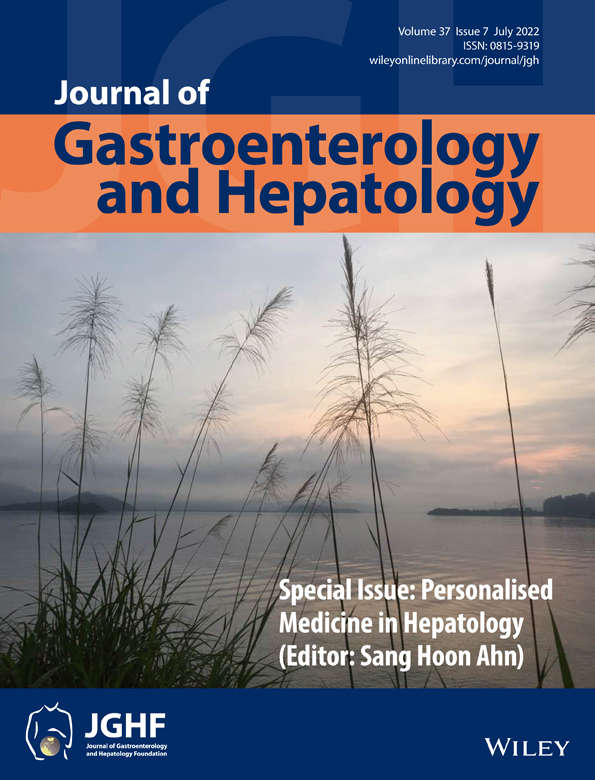Head-to-head comparison of a risk-adapted screening strategy using various risk prediction models in detecting colorectal neoplasm
Declaration of conflict of interest: None to report.
Financial support: This work was supported by the National Natural Science Foundation of China (82173606), the Beijing Nova Program of Science and Technology (Z191100001119065), and the Natural Science Foundation of Beijing Municipality (7202169). The funders had no role in the study design and conduct; data collection, management, analysis, and interpretation; manuscript preparation, review, or approval; and the decision to submit the manuscript for publication.
[Correction added on 13 April 2022, after first online publication: the first affiliation and correspondence address have been corrected.]
Abstract
Background and Aim
The risk-adapted screening strategy showed satisfying colorectal cancer (CRC) screening yield and efficiency. We therefore further explored the diagnostic performance variation of this strategy using different risk prediction models.
Methods
A literature search was conducted to identify studies evaluating risk models for advanced colorectal neoplasm (ACN). The included models were retrospectively validated in a subset sample (N = 3219) from a population-based CRC screening trial in China. Diagnosis-related indictors were compared between the risk-adapted screening strategy using different models and the fecal immunochemical test (FIT)-only strategy. For simulated populations with ACN prevalence of 3% to 12%, the trade-off of additional false positives for each additional true positive were calculated.
Results
We included 14 eligible risk models with the area under the curves ranging 0.570 to 0.652 in the validation set. The overall sensitivities of the risk-adapted screening strategy using different risk models for ACN varied from 46.0% to 69.8%, higher than FIT (21.9%), but at the expense of specificities (51.6% to 78.3% vs 97.1%). For population having ACN prevalence of 3%, risk-adapted screening strategies needed 20.5 to 31.1 additional false positives for each additional true positive compared with FIT, and respective number would substantially reduce (4.7 to 7.1) as the ACN prevalence increased to 12%.
Conclusions
Risk-adapted screening strategy using the current risk models showed improved sensitivity for ACN compared with FIT, at the cost of increased colonoscopy workload. The optimal strategy for screening practice should be tailored considering the disease burden and availability of healthcare resources.




